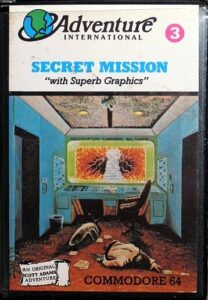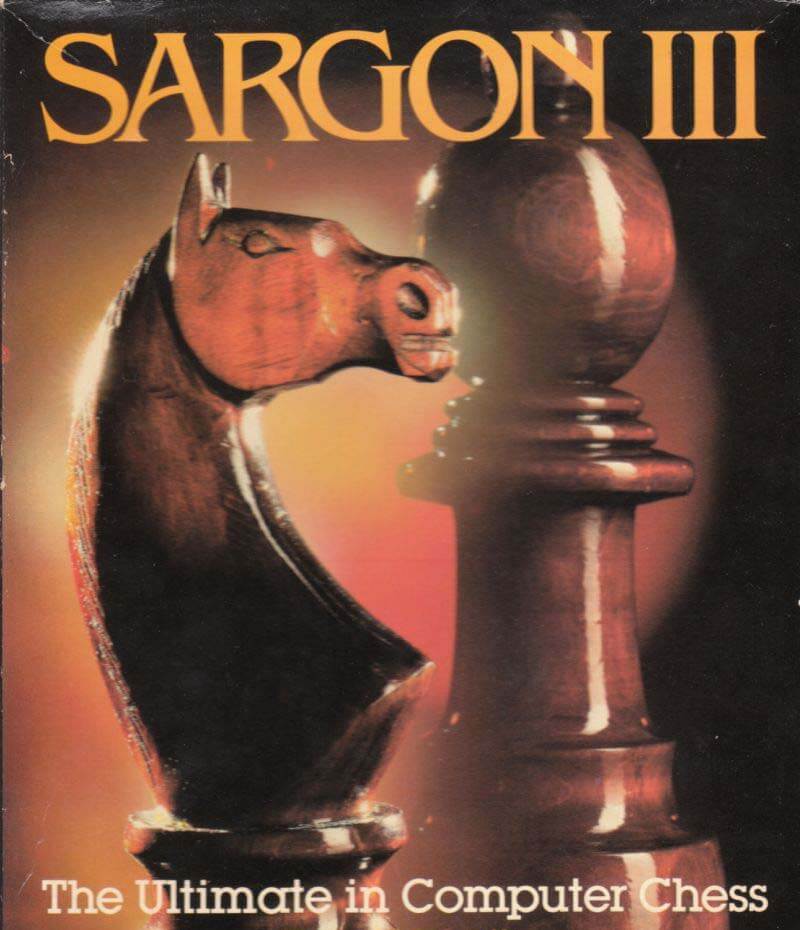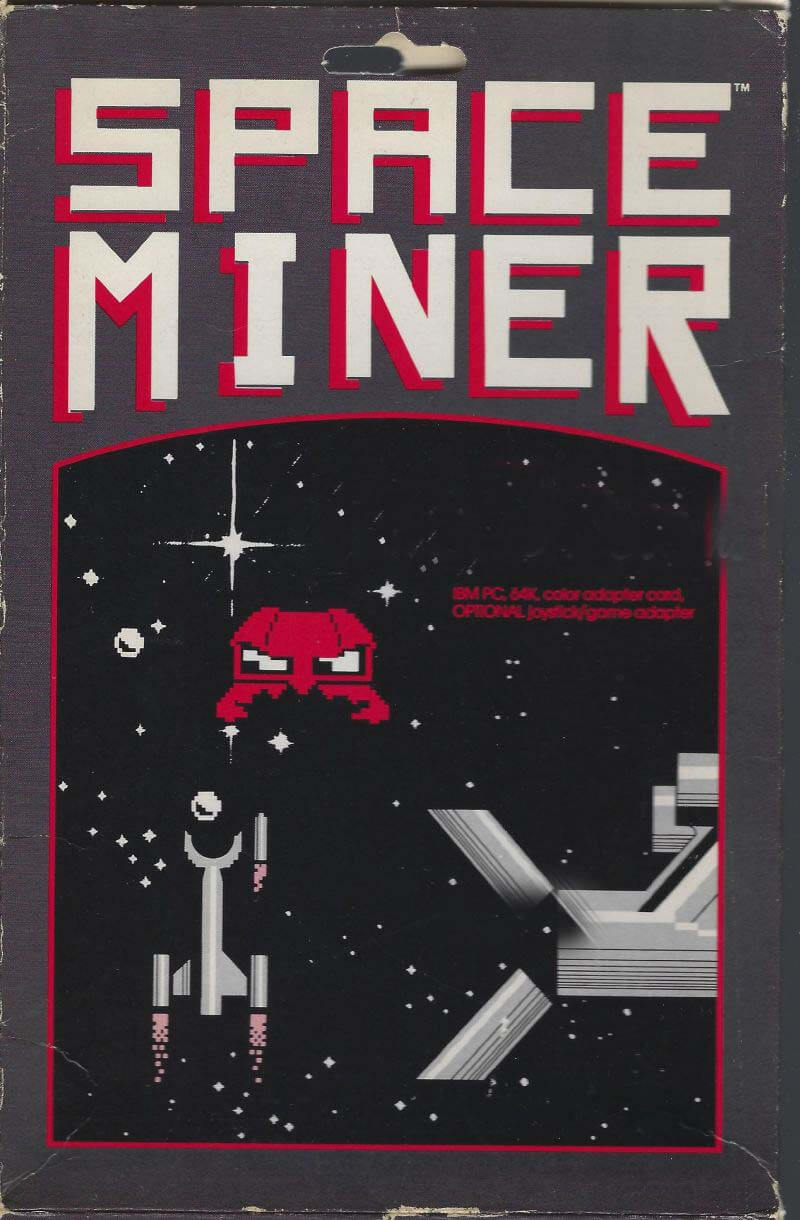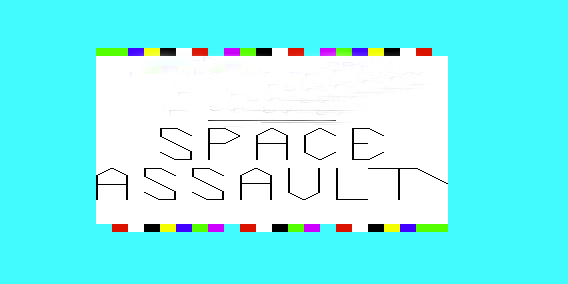
Download Scott Adams’ Graphic Adventure #3: Secret Mission
Secret-Mission_C64_EN.zipIn the early 1980s, the world of video games was rapidly evolving. Among the pioneers of this digital revolution was Scott Adams, a name synonymous with early adventure games. In 1982, Adams introduced the gaming world to Secret Mission, also known as Mission Impossible, marking the third installment in his series of graphic adventure games. This game not only captivated players with its engaging storyline and puzzles but also set a precedent for future adventure games. Let’s dive deep into what made Scott Adams’ Graphic Adventure #3: Secret Mission an unforgettable classic.
A Glimpse into the Gameplay
Secret Mission immerses players in a covert world where they must navigate through a series of challenges to prevent a nuclear disaster. Players start the game as a secret agent tasked with a mission of utmost importance: to stop a rogue operator who intends to detonate a hidden atomic bomb. The game unfolds as a text-based adventure where every command or choice can lead either closer to success or to an untimely failure.
The game was groundbreaking for its time, offering a blend of narrative depth and interactive gameplay that was rare in the early 80s. Players had to type in commands to move around, pick up itemsand solve puzzles, all while piecing together clues to avert a catastrophe. The simplicity of the interface, combined with the complexity of the puzzles, made Secret Mission both accessible to beginners and challenging for seasoned gamers.
Innovations and Impact on Gaming
One of the standout features of Secret Mission was its use of graphics alongside text descriptions, which was revolutionary at the time. While the visuals were basic by today’s standards, they added an immersive element that text alone couldn’t provide. This combination of text and graphics would go on to influence a whole genre of graphic adventures and point-and-click games.
Moreover, the game’s emphasis on narrative and problem-solving paved the way for more story-driven games. Scott Adams’ ability to weave complex storylines into interactive formats showcased the potential of video games as a medium for storytelling. This has had a lasting impact on the gaming industry, inspiring countless developers to explore narrative-driven gameplay.
Cultural and Historical Significance
The release of Secret Mission came at a time when the video game industry was still in its infancy. Its success demonstrated that there was a hungry market for adventure games, proving that games could be more than just simple, repetitive tasks or high-score chases. It solidified Scott Adams’ reputation as a pioneer in the video game industry and established adventure games as a genre that could deliver complex and engaging experiences.
In examining the historical context of Secret Mission, it’s clear that the game was a product of its time yet also ahead of it. The Cold War era, with its themes of espionage and nuclear threat, provided a rich backdrop for the game’s storyline, resonating with the contemporary audience’s fears and fascinations. Yet, its innovative blend of gameplay and storytelling foretold the possibilities of future game design, many elements of which have become standard in today’s games.
Legacy and Influence
The legacy of Secret Mission is seen in how it inspired a generation of game developers and players. Its marriage of text and graphics, along with a compelling narrative, showed that video games could be a form of interactive art. The game’s problem-solving aspect also contributed to the development of educational software, emphasizing the potential of games as learning tools.
Many modern adventure and role-playing games owe a debt to Scott Adams’ innovations. Elements such as inventory management, puzzle-solvingand narrative choices have become staples of the genre, demonstrating the enduring influence of Secret Mission. Furthermore, the game’s emphasis on storytelling and player agency has echoed through the evolution of video games, influencing not just adventure games but the broader landscape of interactive entertainment.
Conclusion
Scott Adams’ Graphic Adventure #3: Secret Mission stands as a monumental achievement in the history of video games. Through its innovative blend of graphics and text, challenging puzzlesand engaging storyline, it set new standards for interactivity and narrative in gaming. As we look back on this classic game, it’s clear that its influence extends far beyond its original release in 1982. It laid the groundwork for the rich, immersive video games we enjoy today, proving that games can be both entertaining and intellectually stimulating. For fans of gaming history or those curious about the roots of interactive storytelling, Secret Mission remains a fascinating and rewarding experience.
In the grand tapestry of video game history, Secret Mission by Scott Adams shines as a crucial thread, intertwining innovation, narrativeand gameplay into a legacy that continues to inspire. It stands as a testament to the timeless appeal of a well-crafted adventure and remains a cornerstone in the foundation of modern gaming culture.





